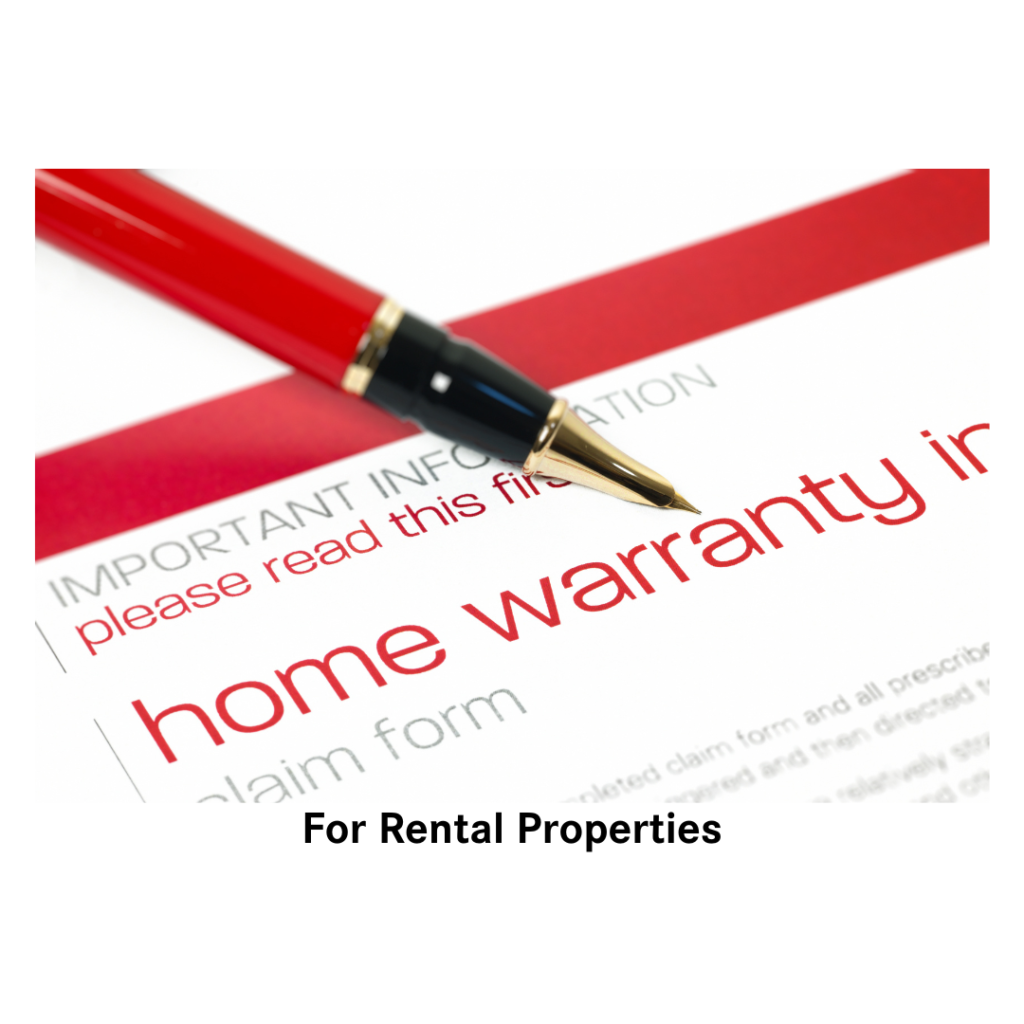Maintaining a thorough record of property conditions throughout a tenancy is paramount, and various types of evaluations serve this purpose. From move-in and move-out assessments to periodic evaluations, landlords and property managers have an array of tools to ensure the well-being of their properties.
Among the plethora of evaluation types, three stand out as essential for every property manager or landlord: move-in, move-out, and periodic evaluations. A comprehensive evaluation process involves the use of photographs and detailed notes as essential documentation. Leveraging cost-effective apps, some integrated with 360-degree cameras, can streamline and organize this process. In certain markets, third-party companies offer objective evaluations, enhancing the credibility of the assessment.
When preparing a property for a new tenant, the evaluation process, ideally, takes place after maintenance and cleaning. This assessment primarily serves to document the property’s condition just before the tenants assume possession.
Periodic evaluations, conducted at predetermined intervals during a tenancy, vary in frequency across different companies. Their purpose is to ensure lease compliance and identify any unreported maintenance issues. Key aspects to scrutinize during periodic evaluations include unauthorized pets, ceiling water stains, yard maintenance, and the regular changing of air filters. Lease violations, when identified, should be meticulously documented with pictures, and tenants should be served a notice to cure within the state’s guidelines.
The move-out evaluation mirrors the move-in assessment but occurs just after the tenants have vacated the property. This evaluation determines whether tenants have adhered to move-out instructions specified in the lease terms. Landlords or property managers may use tools like rulers or even everyday items like hands, feet, or keys as reference points in photographs. Additionally, specialized tools like black lights can be employed to detect and document pet-related damage.
With all three basic evaluations completed and documented, landlords or property managers possess a comprehensive record—before, during, and after—showcasing the property’s condition throughout the tenancy. This meticulous approach not only ensures transparency but also facilitates effective property management and dispute resolution.


